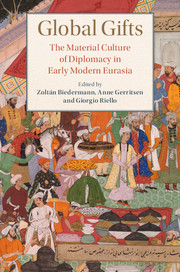This article compares the cartographical representationsof the Caspian region produced around 1560 in Goa and Venice, with references toother centers of mapmaking such as Lisbon, Seville, and Antwerp. It explores thescientific, cultural, technical, and commercial logics that led to profoundlydissimilar cartographies of the Caspian and its surroundings in differentcenters of map production around the same time. It asks questions about thecontrasts between maritime and terrestrial cartography in the Renaissance, andthe cartographical languages associated with each of these cartographical modes.The habitus of maritime cartographers in Goa, Lisbon, and Seville differedprofoundly, it is argued, from that of mapmakers in Italy, and particularlyVenice, who aimed for an integration of all available data as part of atradition of commenting on Ptolemy, and produced highly desirable printed mapsfor a growing consumer audience. The article thus advocates a comparativeapproach to maps, and critiques the assumption that knowledge “flows” betweenregions. It proposes instead a “(dis)connected history” of knowledge productionand consumption to throw new light on the origins of the cartographical printingrevolution.
